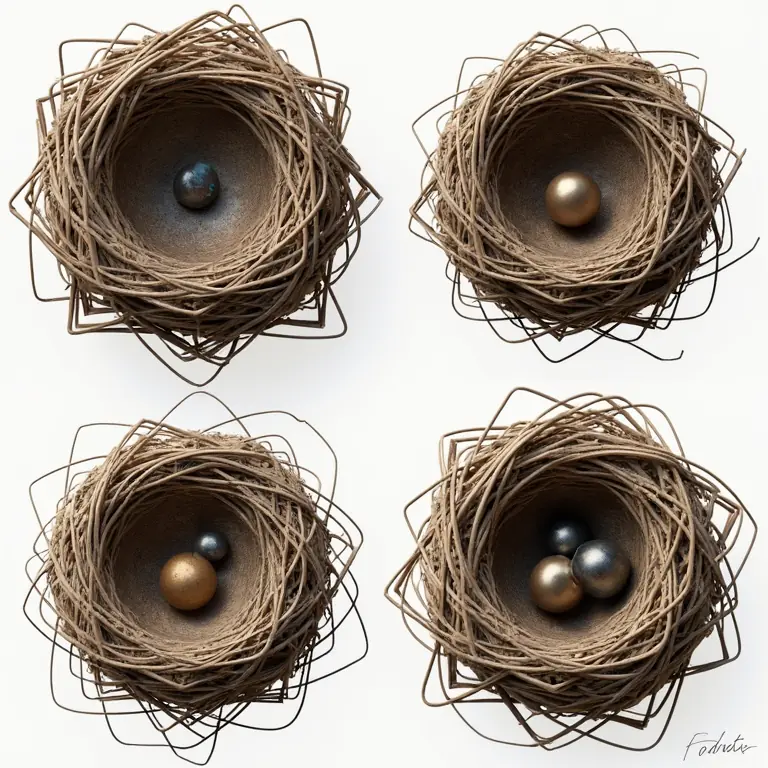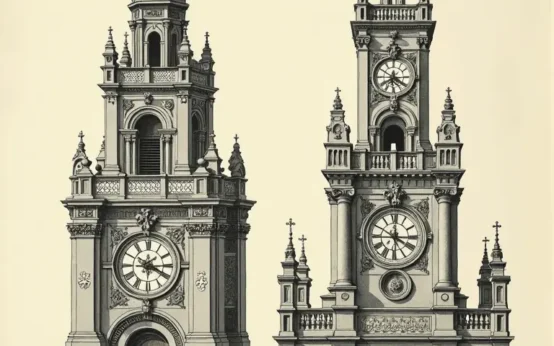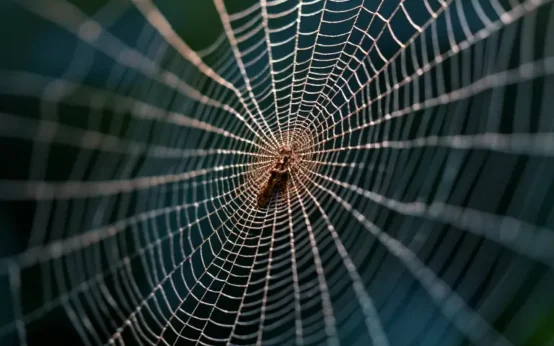For millennia, humans have gazed in wonder at bird nests. More than just haphazard collections of twigs and mud, these structures represent a fascinating intersection of instinct, material science, and, surprisingly, geometry. While we often associate complex geometric forms with human design and engineering, the natural world, and bird nests in particular, demonstrate that sophisticated mathematical principles underpin much of life around us. This article will explore the surprisingly consistent geometry found within bird nests, examining how different species employ specific shapes, patterns, and construction techniques to create homes that are both functional and structurally sound. We’ll delve into the reasons *why* these geometric preferences exist, exploring the interplay of physics, materials, and evolutionary pressures.
Beyond the Random Pile: Recognizing Geometric Forms
The initial impression of a bird nest might be one of chaotic assemblage. However, a closer look reveals underlying order. Many nests aren’t simply piles; they exhibit distinct geometric characteristics. These can range from the spherical shape of a robin’s nest to the pendulous, pouch-like form of a weaver bird’s creation, or the platform-like structures built by larger birds like eagles and hawks.
Let’s break down some common geometries:
- Spherical Nests: Often constructed by smaller songbirds like robins and finches, these nests utilize a nearly perfect sphere. This shape maximizes volume while minimizing surface area, providing excellent insulation and protection from predators. The spherical form distributes stress evenly, making it remarkably strong despite being built from relatively flexible materials.
- Cup-Shaped Nests: Similar to spherical nests, cup-shaped nests (common among thrushes and warblers) offer a contained space for eggs and chicks. The curvature provides stability and helps retain heat.
- Platform Nests: Found in larger birds like hawks and eagles, platform nests are relatively flat structures built on the branches of trees or even cliffs. While seemingly simpler, these nests demonstrate geometric principles in their broad, stable base and careful arrangement of branches to distribute weight.
- Pendant Nests: Weaver birds are masters of pendant nest construction. These nests hang from branches, often resembling teardrops or pouches. The woven structure creates a strong, enclosed space that’s protected from predators and the elements.
- Columnar Nests: Some species, like the sociable weaver, construct massive, multi-chambered nests that resemble apartment buildings. These columnar structures demonstrate complex spatial arrangements and collective building behavior.
The Physics of Nest Construction: Why Geometry Matters
The geometric choices birds make aren’t arbitrary. They’re dictated by fundamental principles of physics. Here are some key considerations:
- Strength and Stability: A well-constructed nest must withstand wind, rain, and the weight of growing chicks. Geometric shapes like the sphere and the arch are inherently strong because they distribute stress efficiently. The use of interlocking materials and weaving techniques further enhances structural integrity.
- Insulation and Thermoregulation: Maintaining a consistent temperature is crucial for egg incubation and chick development. Spherical and cup-shaped nests minimize surface area, reducing heat loss. Birds also use materials like mud, feathers, and down to further insulate their nests.
- Material Efficiency: Birds must maximize the use of available materials. Geometric forms allow them to create a functional structure with the least amount of material, conserving energy and resources.
- Predator Defense: The shape and location of a nest can deter predators. Pendant nests, for example, are difficult for terrestrial predators to reach. Concealed nests, built within dense foliage, rely on camouflage and strategic positioning.
The principles at play here aren’t dissimilar to those considered by human architects and engineers. Consider the dome, a structure found in both bird nests and human architecture, celebrated for its strength and efficient use of materials. The natural world often provides elegant solutions to engineering problems, long before humans conceive of them.
Material Science in Bird Architecture
The materials birds use also play a crucial role in nest construction. Birds don’t just grab any twig; they select materials based on their strength, flexibility, and insulating properties.
- Twigs and Branches: Provide the primary structural framework for many nests. Birds often prefer twigs with specific diameters and flexibility.
- Mud: Used as a binding agent and for insulation. Mud helps to fill gaps and create a more solid structure.
- Grasses and Leaves: Provide cushioning and insulation. Birds carefully arrange these materials to create a soft and comfortable nesting surface.
- Spider Silk: Remarkably strong and elastic, spider silk is often incorporated into nests to bind materials together and provide flexibility. Some birds actively solicit silk from spiders or steal it from webs.
- Feathers and Down: Excellent insulators, feathers and down provide warmth and comfort for chicks.
- Plant Fibers: Used for weaving and binding, plant fibers contribute to the overall strength and durability of the nest.
The combination of these materials, skillfully arranged, creates a composite structure with properties exceeding those of its individual components. This is a principle employed extensively in human materials science, where combining different materials creates stronger, more durable products.
Species-Specific Geometries: A Reflection of Evolutionary Adaptation
Different bird species have evolved unique nest designs that are tailored to their specific needs and environments. This is where the geometric variations become most apparent.
Weaver Birds: These African and Asian birds are renowned for their intricate woven nests. They use grasses and plant fibers to create complex structures that are often suspended from branches. The weaving technique creates a strong, enclosed space that’s protected from predators and the elements. The geometry of these nests isn’t just about aesthetics; it’s about creating a secure and comfortable home. They’re often described as exhibiting a form of ‘architectural intelligence’.
Hornbills: These birds have a unique nesting strategy. The female seals herself inside a tree cavity, leaving only a small slit through which the male delivers food. She then uses mud, dung, and other materials to seal the entrance almost completely, leaving only a small opening for ventilation. This creates a secure, fortified nest that protects the eggs and chicks from predators. The geometry of this ‘walled’ nest is dictated by the shape of the tree cavity and the materials used for sealing.
Swallows: Swallows build nests from mud pellets, often attaching them to cliffs, bridges, or buildings. Their nests are typically cup-shaped or half-spherical, providing a secure and sheltered space for their young. The geometry of these nests is influenced by the availability of suitable surfaces and the need to create a stable structure.
Ospreys and Eagles: These large birds of prey construct massive platform nests, often reusing and adding to them year after year. These nests can become enormous over time, weighing hundreds of pounds. The geometry is primarily focused on stability and providing a large enough surface area to support the growing family.
The Role of Instinct and Learning
How do birds achieve these complex geometric constructions? Is it purely instinct, or is there an element of learning involved? The answer is likely a combination of both.
Instinct: Birds are born with an innate predisposition to build nests. They possess the basic knowledge of materials to use and the general shape of the nest. This instinct is encoded in their genes, passed down through generations.

Learning: Young birds often learn nest-building skills from their parents. They observe their parents constructing nests and may even participate in the process. This allows them to refine their skills and adapt to local conditions. There’s evidence suggesting that birds can also learn from observing other birds, demonstrating a form of cultural transmission of knowledge.
Experiments have shown that even birds raised in isolation will attempt to build nests, although their constructions may be less refined than those built by birds who have learned from their parents. This suggests that instinct provides the foundation, while learning adds the finishing touches.
Connecting to Human Architecture: Biomimicry and Inspiration
The geometric principles and construction techniques found in bird nests have long inspired human architects and engineers. This practice, known as biomimicry, involves drawing inspiration from nature to solve human design challenges.
The use of lightweight, strong materials, efficient structural designs, and sustainable building practices are all areas where we can learn from birds. For example, the geodesic dome, popularized by Buckminster Fuller, is inspired by the structure of bird nests and insect hives. The principles of tensegrity, which involve using tension and compression to create stable structures, are also evident in many bird nests.
By studying the natural world, we can gain valuable insights into creating more sustainable, efficient, and resilient structures. The ingenuity of bird nests serves as a reminder that nature often holds the key to solving some of our most pressing design challenges.
You can explore other fascinating examples of nature’s influence on human creativity by reading about the history of shadow puppetry, which draws inspiration from animal forms, or learn about the mathematical harmony in ancient building proportions.
The Future of Nest Research: Unlocking Further Secrets
Despite centuries of observation, there’s still much to learn about the geometry of bird nests. Recent advances in technology, such as 3D scanning and computational modeling, are allowing researchers to study nest structures in unprecedented detail.
Researchers are using these tools to investigate:
- The biomechanics of nest construction: How do birds manipulate materials to create strong and stable structures?
- The genetic basis of nest-building behavior: What genes are involved in the instinct to build nests?
- The impact of environmental factors on nest design: How do birds adapt their nests to changing conditions?
- The cognitive abilities of birds during nest construction: Are birds consciously applying geometric principles, or is it purely instinctive?
The answers to these questions will not only deepen our understanding of bird behavior but also provide valuable insights into the broader principles of natural design.
And if you’re interested in the intricate details of objects created by humans, you might enjoy learning about antique keys and locks, or the symbolic language embedded within knots across different cultures.
Watch this TED Talk for further inspiration:
Finally, consider the precision and artistry found in the history of calligraphy, another example of human endeavor mirroring the elegance of the natural world.
The world of bird nests is a testament to the power of natural design. By appreciating the geometric principles and construction techniques employed by birds, we can gain a deeper understanding of the interconnectedness of life and the beauty of the natural world. It’s a reminder that sometimes, the most innovative solutions are already out there, waiting to be discovered in the branches of a tree.


 The Curious Acoustics of Historical Echo Chambers: Resonance, Ritual, and Revelation
The Curious Acoustics of Historical Echo Chambers: Resonance, Ritual, and Revelation  The Curious Calculus of Clock Towers: Time, Geometry, and Civic Pride
The Curious Calculus of Clock Towers: Time, Geometry, and Civic Pride  The Curious Math Behind Ancient Building Proportions – Harmony in Stone & Structure
The Curious Math Behind Ancient Building Proportions – Harmony in Stone & Structure  The Surprisingly Consistent Geometry of Spiderwebs: Nature’s Engineering Marvel
The Surprisingly Consistent Geometry of Spiderwebs: Nature’s Engineering Marvel  The Geometry of Everyday Objects: Hidden Math All Around Us
The Geometry of Everyday Objects: Hidden Math All Around Us